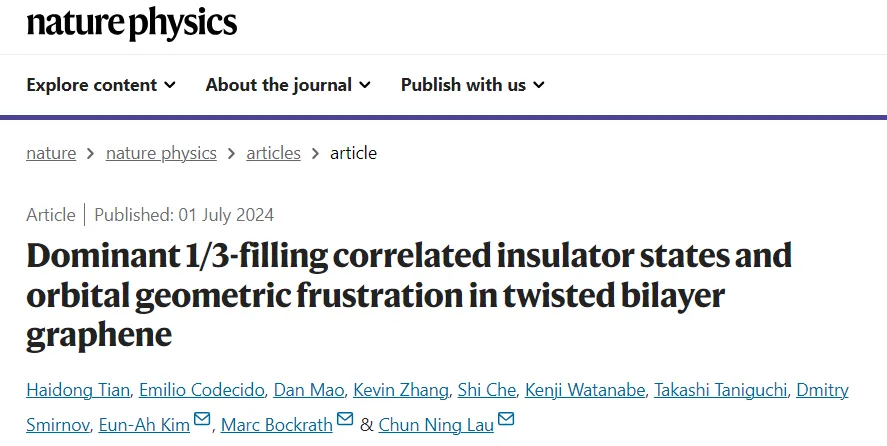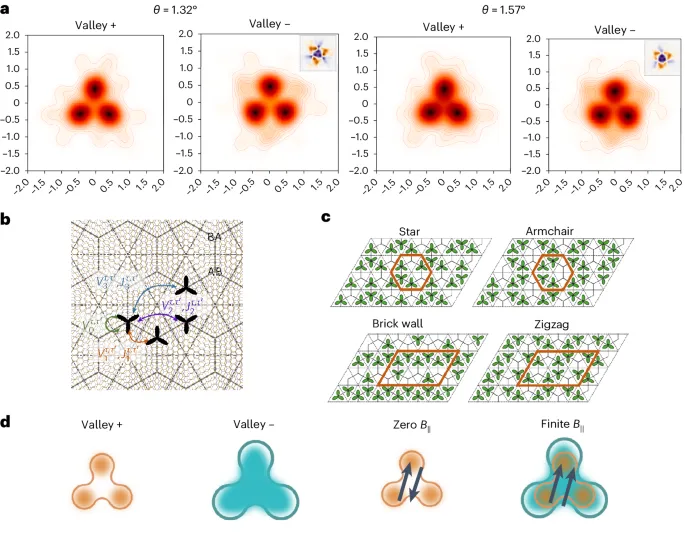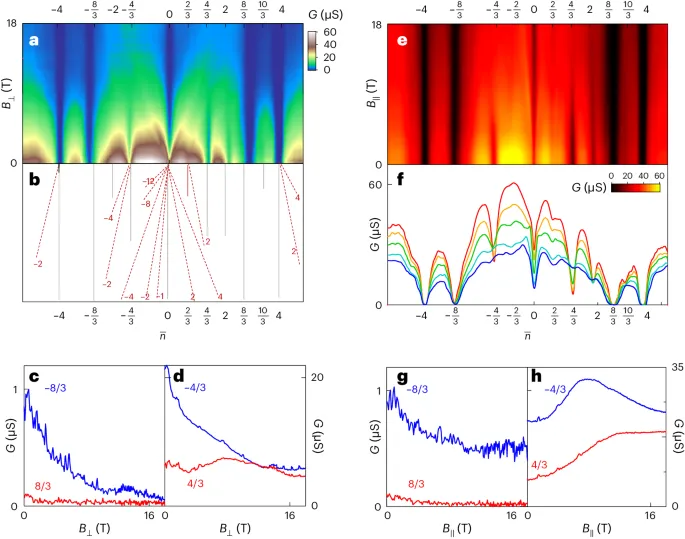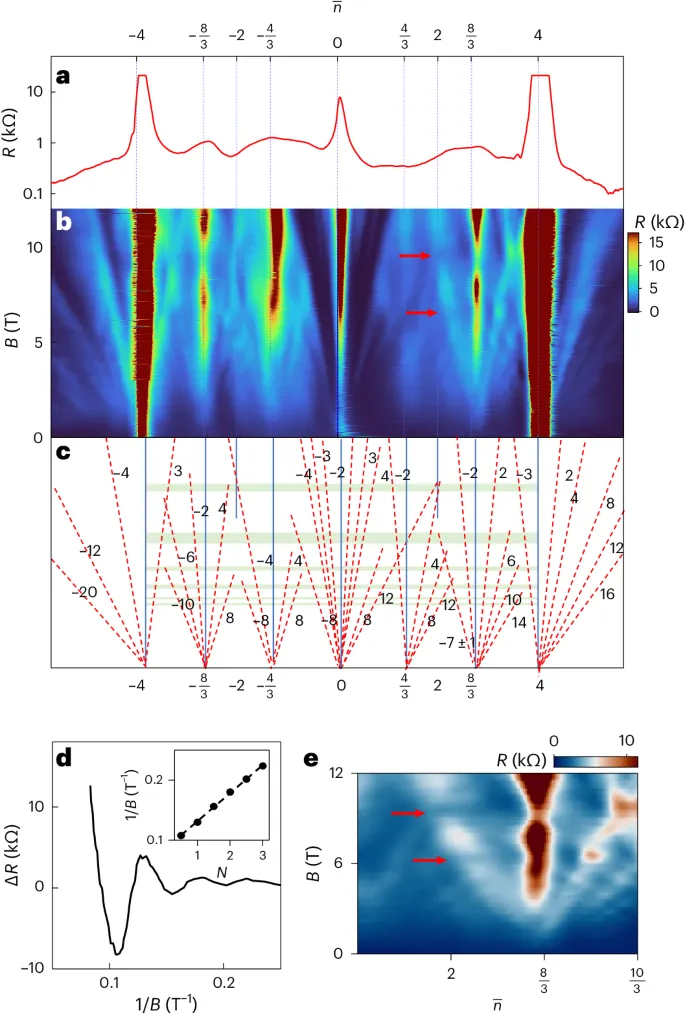A Groundbreaking Discovery: Large-Angle Twisted Bilayer Graphene Unveiled!

The rapid development of two-dimensional materials and topological physics has brought twisted bilayer graphene (tBLG) and moiré transition metal dichalcogenides into the spotlight. These materials exhibit complex electronic behaviors and novel phase transitions, particularly under applied magnetic fields. Key concepts such as geometric frustration and correlated insulating states highlight the unconventional behavior of electrons within these periodic superlattices and magnetic fields. However, the understanding of geometric frustration for charge carriers, especially within triangular moiré lattices, remains limited.
In these intricate systems, electron behavior is shaped by the interplay between periodic structures and external factors, such as magnetic fields, leading to various possible ground states. A significant challenge is explaining the competition between integer and fractional Chern number states and their delicate balance with electron localization and interactions. Another open question is how geometric frustration impacts charge ordering states and how these states can be observed and controlled in real devices.
To address these questions, scientists have conducted both experimental and theoretical studies. Recently, researchers from The Ohio State University, including Haidong Tian, Emilio Codecido, Dan Mao, Marc Bockrath, and Chun Ning Lau, published a groundbreaking paper in Nature Physics, titled “Dominant 1/3-Filling Correlated Insulator States and Orbital Geometric Frustration in Twisted Bilayer Graphene.” Their work explores the localization, wavefunction reconstruction, and magnetic properties of electrons by adjusting the twist angle, doping levels, and magnetic field strength, uncovering new insights into these exotic materials.
Key Findings:
- Discovery of Strong Zero-Chern Fractional Insulator States:
For the first time, researchers observed robust fractional correlated insulating states in tBLG with twist angles larger than the so-called magic angle. These 1/3-filling states dominate over integer-filling states and persist under both vertical and parallel magnetic fields. - Orbital Geometric Frustration Model Explained:
The study used an orbital geometric frustration model based on Wannier orbitals (WOs), accounting for Coulomb interactions, site occupancy, valley polarization, and exchange interactions between charge-ordered lattices. In devices with smaller twist angles, the predicted brick-wall charge-ordered state was experimentally verified at 1/3 filling. - Magnetic Ordering and Spin Alignment Transition:
Parallel magnetic fields revealed different magnetic orders at 1/3 filling. One phase exhibited ferromagnetic order, while another showed antiferromagnetic order, with a transition toward spin alignment at finite magnetic fields. In devices with larger twist angles and stronger next-nearest-neighbor interactions, a predicted three-unit-cell reconstruction emerged, aligning with the armchair configuration.




This research opens new pathways for understanding and manipulating exotic electronic states in twisted bilayer graphene. The discovery of these fractional insulating states and the insights into geometric frustration mark a major breakthrough, potentially paving the way for novel applications in quantum materials and next-generation electronic devices.

